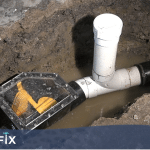Contents
Imagine waking up in the morning, going to the bathroom or down to the basement, and there — oh gods — is a sewage flood. Dirty sewage fills the spaces and destroys everything it touches. How did it happen?
This occurs frequently when sewage backs up through the pipes and floods your basement, bathrooms, and other rooms. Fortunately, there is an effective solution to prevent this problem — the backwater valve.
What Is a Backwater Valve?
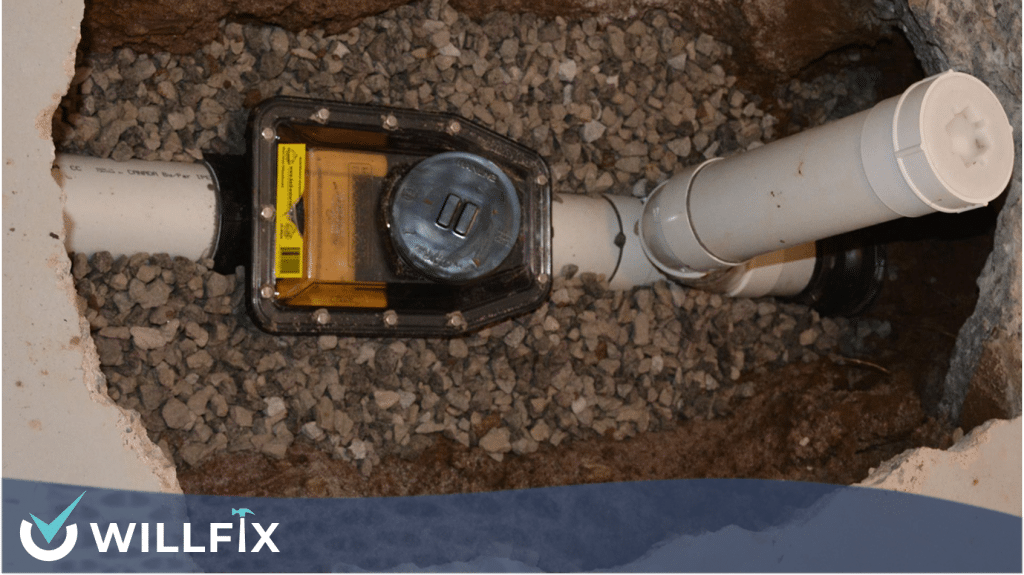
A backwater valve (also known as a sewer backup valve, but don’t confuse it with a backflow valve; they’re different) is a valve installed on the main line that carries wastewater (sewage) from your home to the public sewer system.
Toronto’s heavy rains sometimes can overwhelm the city’s sewer lines, causing sewage to back up and flood your property. Installing a backwater valve effectively prevents this backflow and allows it to flow in only one direction — away from your home, protecting it from potential flooding.
The risk of flooding is significantly increased if the house has a basement or its ground floor is less than 30 cm above street level. For homes where various fixtures are below street level, the National Plumbing Code requires the backwater valve installation.
How much does a backwater valve cost in 2025?
A backwater valve can be installed during the initial new construction or in an existing home. The first option is much less expensive, so consider it if you want to save money, especially during the basement finishing stage.
When a basement backwater valve is installed in an existing home, part of its foundation is removed to access the main sewer line. In 2025, this renovation project will cost $1600-$3700. The final price depends on the valve type and the pipe’s depth.
When Do You Need Backwater Valve Installation?
If your Toronto home has below-grade areas like basements and you want to protect them from sewage backups, then definitely consider a backwater valve installation. It’s better to be proactive and save thousands of dollars than to play with fate and spend a fortune on repairs later.
What other cases may require backwater valve installation?
- If your home is located in an area prone to flooding;
- If your home has a history of sewer backups;
- If you are renovating your basement into a living space;
- If local plumbing codes require it;
- If your home is more than 30 years old and likely does not have a backwater valve.
Do you see at least one point that fits your situation? If so, that’s a reason to contact professionals like Willfix to prevent potential damage to your property. Forewarned is forearmed.
How Does a Backwater Valve Work?
The working concept of the backwater valve is quite simple and requires no effort on your part.
The valve has a flapper inside that is open in ordinary conditions, allowing wastewater to flow seamlessly out of the house.
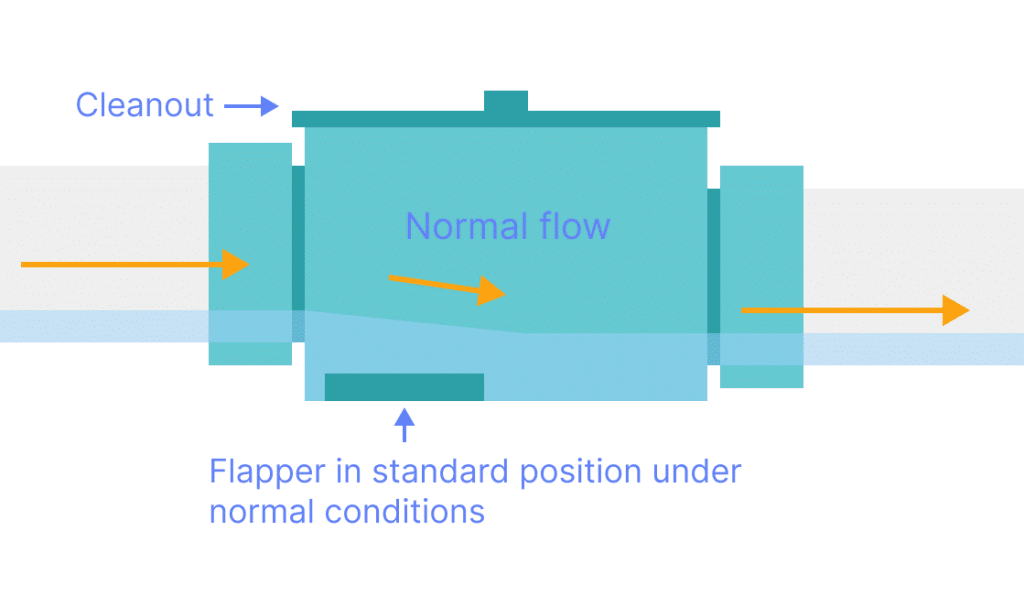
There is a small flotation device on each side of the flapper. If the sewer system becomes overwhelmed due to heavy rainfall and sewage water starts flowing in the opposite direction (towards the house), the floaters cause the flapper to lift up and close, thus preventing water from entering the home.
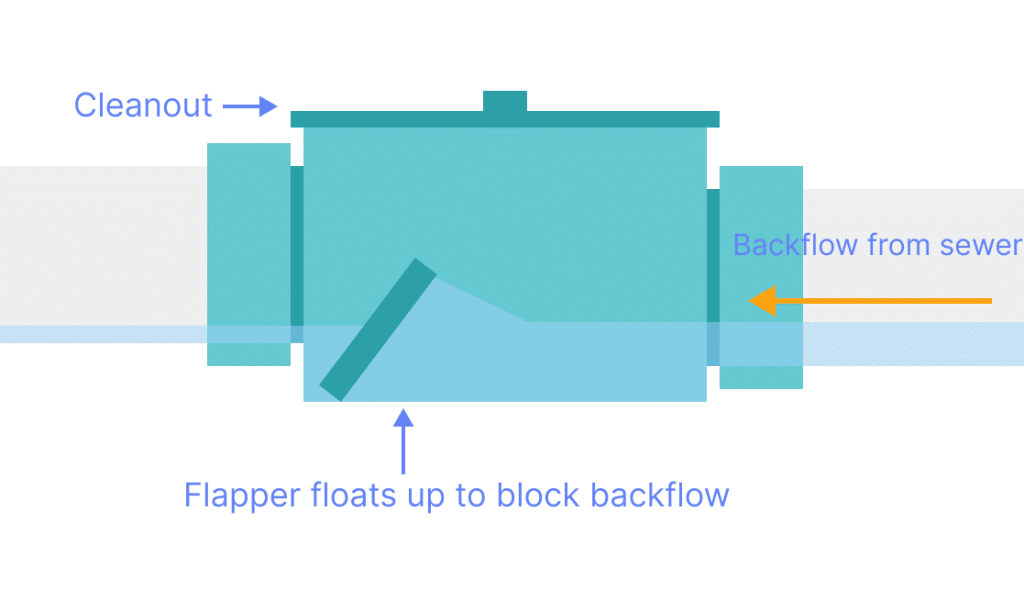
When the water stops flowing back to the house, the flapper opens again, allowing the wastewater to flow out as usual.
Backwater valves often have transparent tops so you can see if they are working correctly and if they need to be cleaned.
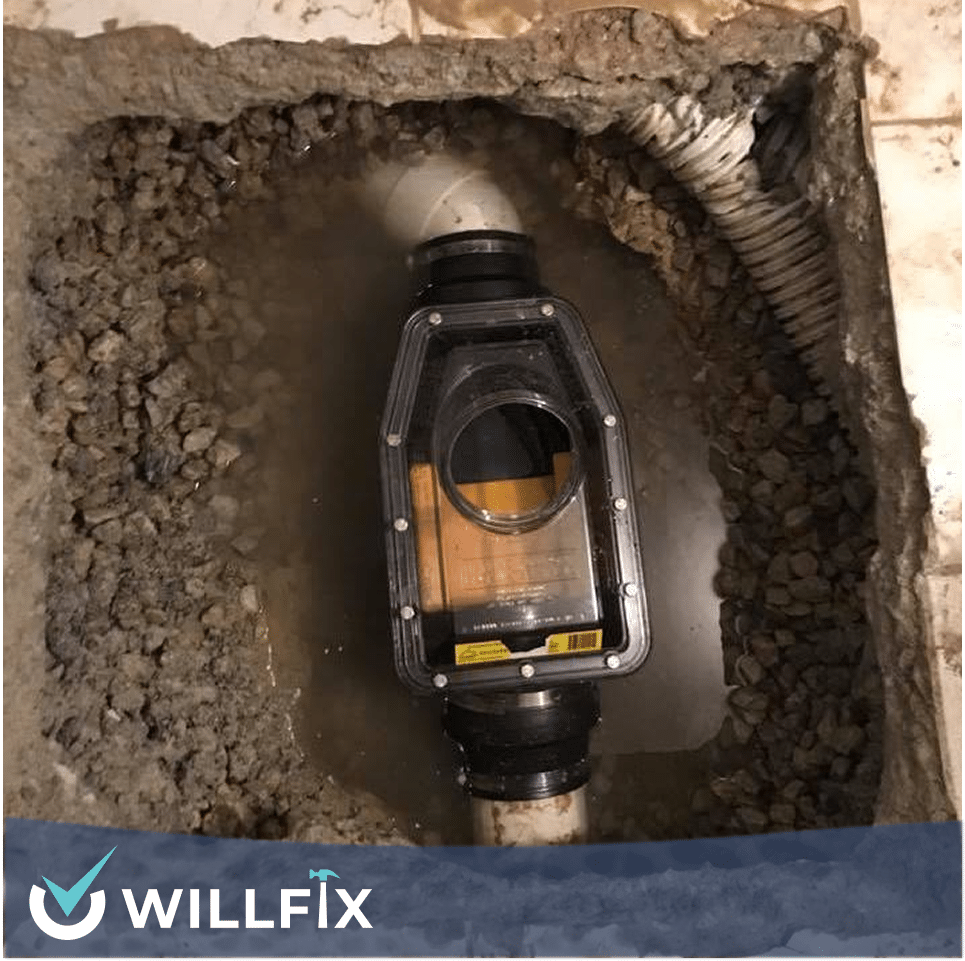
This is important because otherwise, sewage can enter the basement through floor drains, sinks, bathtubs, and toilets.
Backflow Valve vs Backwater Valve: Which One Is Right for Your Home?
Homeowners often confuse a backwater valve with a backflow valve, and some think they are the same device. Yes, the way they work is similar, but they provide completely different functions and are designed for different purposes.
| Feature | Backwater Valve | Backflow Valve |
| Purpose | Prevents sewage from backing up into houses. | Prevents contaminated water from reversing into the clean water supply. |
| Protects | Homes and businesses from basement flooding. | Drinking water supply from contamination. |
| Location | Installed in the sewer line. | Installed on water supply lines. |
| Common Use | Residential basements, especially in flood-prone areas. | Commercial, industrial, and multi-unit residential buildings. |
| Functionality | Closes when sewage attempts to flow backward. | Prevents backflow by stopping reverse water movement. |
Understanding the differences between these two devices is important, as installing the wrong valve can leave your property unprotected from serious plumbing problems. A backwater valve is necessary to prevent basement flooding, while a backflow valve keeps your water supply clean and safe.
Practical Tips for Maintaining a Backwater Valve
Regular maintenance and timely repairs are key to ensuring that your backwater valve will continue to protect your home from sewage and flooding. Here are a few practical tips for backwater valve maintenance that will keep you out of trouble for years to come:
- Inspect the backwater valve at least once a year and remove any debris or build-up;
- Make sure the flapper and flotation device are in good condition, otherwise replace any worn parts;
- After cleaning, run water through the system to make sure the flapper opens and closes properly;
- Always switch off the main water supply before carrying out maintenance to prevent accidental flooding;
- Use rubber gloves and appropriate tools, such as a long-handled brush, to safely clean and inspect the valve.
If you have any questions or suspicions during the maintenance process, it is best to contact an expert. This will give you the confidence that everything will work correctly when the time comes.
Conclusion
A backwater valve is the most effective and hassle-free way to protect your home from sewage flooding. Heavy rainfall? An overwhelmed city sewer system? None of this is a problem if you have a reliable device that keeps your home safe and dry all seasons.
Backwater Valve FAQ
-
Can I install a backwater valve myself?
If you have access to a main sewer line, it is possible. However, it is very troublesome and requires specialized equipment for installation. It's better to trust a professional who knows all local building regulations and can guarantee that the job will be done correctly.
-
Are there any permits for having a backwater valve?
Yes, some provinces require the installation of a backwater valve, especially in areas with frequent heavy rainfall and flooding. To find out if there are legal requirements for installing a backwater valve in your home, contact your local building department or municipal office.
-
Should I get a backwater valve before or after underpinning?
It’s best to install the backwater valve during underpinning while the foundation is being worked on. This prevents unnecessary excavation later and integrates the valve seamlessly into your drainage system.
